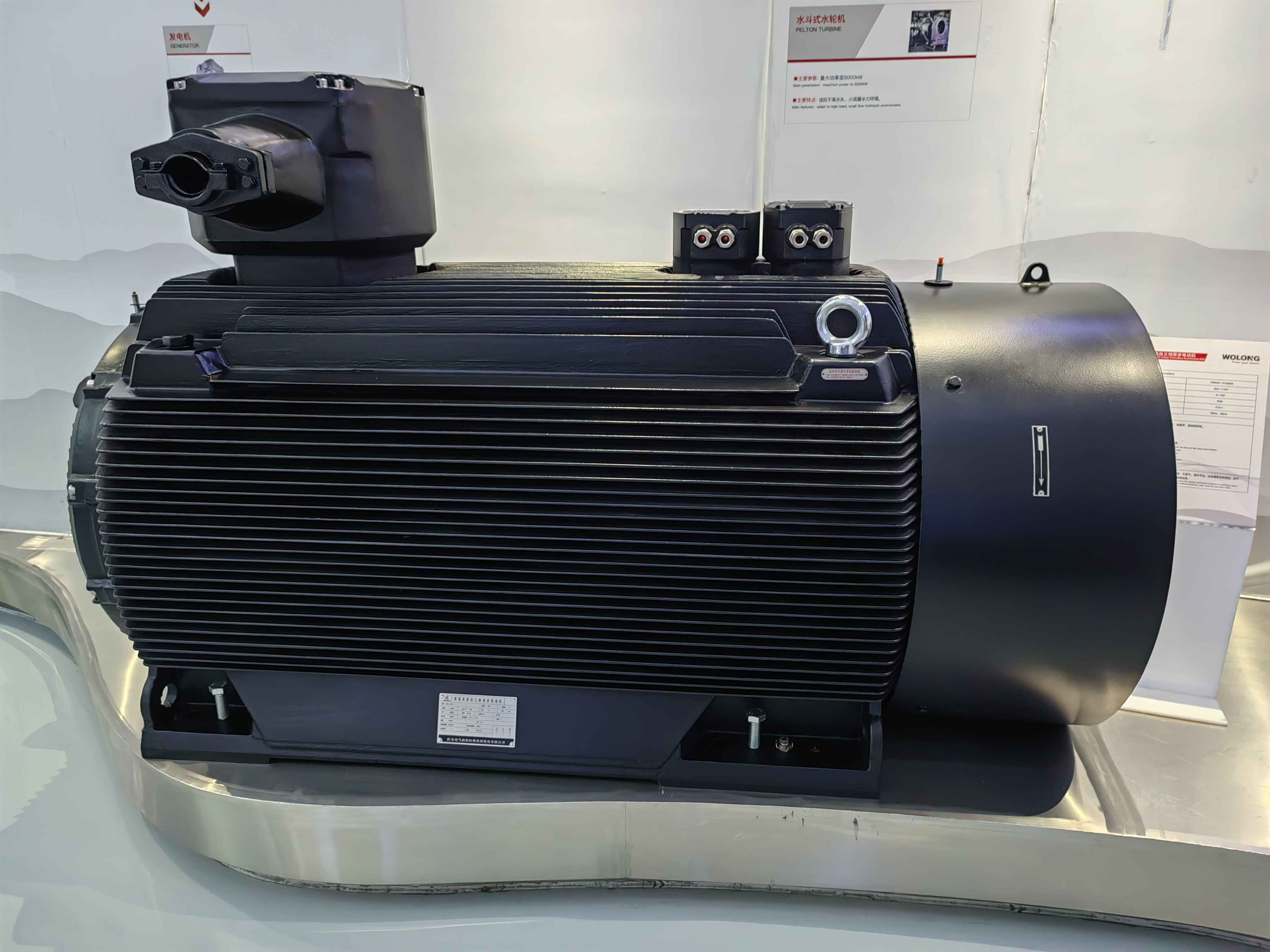Explosion-proof motors are essential in industries where flammable gases, vapors or dusts are present. These motors are designed to prevent the ignition of these hazardous materials, ensuring the safety of equipment and nearby workers. When it comes to explosion-proof motors, the two important classifications are Class IIB and Class IIC. Understanding the differences between these two classifications is critical to choosing the right motor for a specific industrial application.
 Classes IIB and IIC are classifications defined by the National Electrical Code (NEC) and the International Electrotechnical Commission (IEC) to classify the level of protection provided by explosion-proof equipment in hazardous environments. Both classifications involve the presence of flammable gases and vapors, but they differ in the specific types of hazardous materials they are designed to withstand.
Classes IIB and IIC are classifications defined by the National Electrical Code (NEC) and the International Electrotechnical Commission (IEC) to classify the level of protection provided by explosion-proof equipment in hazardous environments. Both classifications involve the presence of flammable gases and vapors, but they differ in the specific types of hazardous materials they are designed to withstand.
Class IIB explosion-proof motors are suitable for use in environments where high ignition point gases or vapors such as ethylene or propane are expected to be present. These motors are designed to prevent the ignition of these specific types of hazardous materials, making them ideal for applications where these gases are common.
Class IIC motors, on the other hand, are designed to withstand lower ignition temperature gases or vapors, such as hydrogen or acetylene. These motors offer a higher level of protection against these volatile substances, making them suitable for use in environments where the risk of fire is greater due to the presence of these gases.
One of the main differences between Class IIB and Class IIC explosion-proof motors is the specific type of hazardous materials they are designed to handle. While both categories are suitable for environments with flammable gases and vapors, differences in the gas ignition temperatures they can withstand are critical in determining their suitability for different industrial environments.
In addition to the different types of hazardous materials that can be handled, Class IIB and Class IIC explosion-proof motors may also differ in their construction and the level of protection they provide. Motors classified as Class IIC generally undergo more rigorous testing and have a higher level of protection to ensure they can withstand the presence of highly volatile gases and vapors. This may involve using stronger materials and construction techniques to enhance the motor’s resistance to ignition in such hazardous environments.
When selecting an explosion-proof motor for a specific application, the classification of hazardous materials present in the environment must be considered. Understanding the differences between Class IIB and Class IIC explosion-proof motors is critical to making an informed decision about which motor is best suited for a specific industrial environment. Factors such as the specific gas or vapor present, its ignition temperature, and the level of protection required play an important role in determining the best motor for a given application.
In summary, the difference between Class IIB and Class IIC explosion-proof motors is the specific type of hazardous materials they are designed to withstand. While both types are suitable for environments with flammable gases and vapors, the difference in the ignition temperatures of the gases they can handle is critical. Understanding these differences is critical to selecting the appropriate motor to ensure the safety and reliability of equipment in hazardous industrial environments.
Post time: Apr-28-2024





